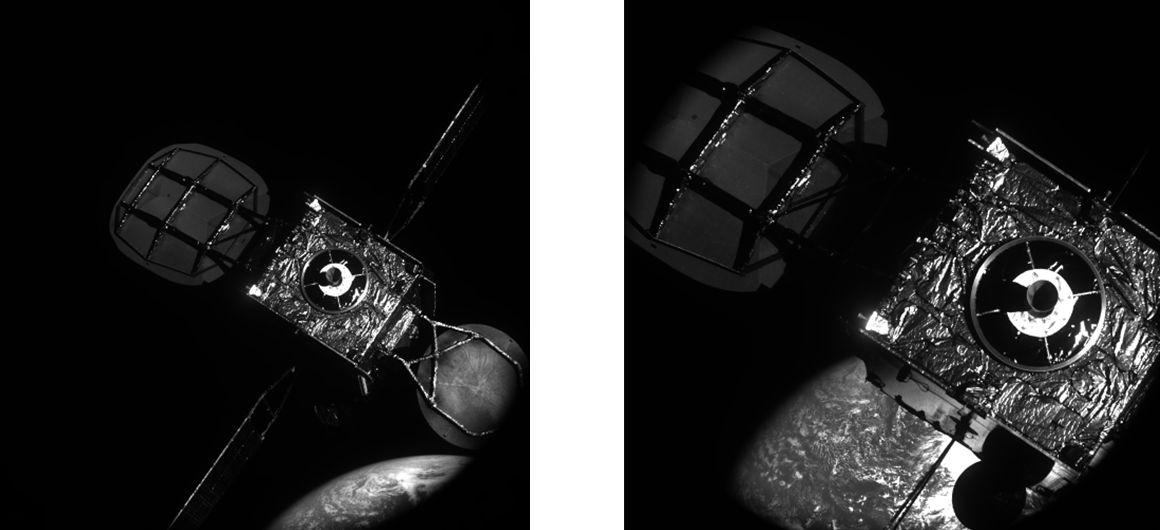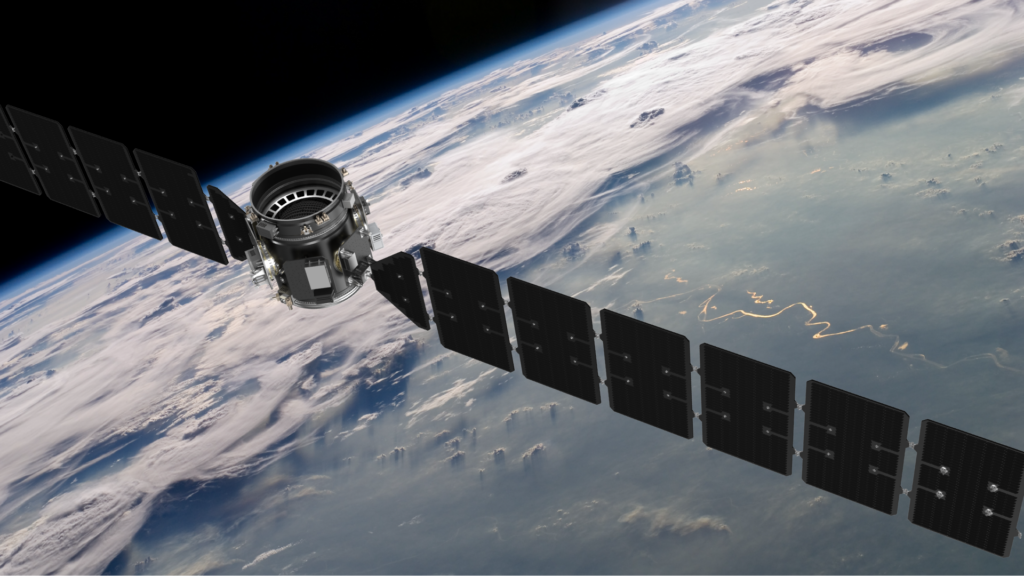The European Space Agency (ESA) will fund the RISE mission. Its goal is to demonstrate the possibility of servicing satellites in geostationary orbit.

Modern satellites have reached such a high level of reliability that the main reason for their termination is often not technical problems, but exhaustion of the fuel needed to maintain orbit. Geostationary vehicles are especially affected by this problem. They are much more expensive and have a much more complex design than conventional satellites. Their service life is usually in the range of 15-20 years, then they run out of fuel, and operators are forced to move them to the disposal orbit (it lies a few hundred kilometers above the geostationary orbit).
One of the solutions to this problem is the creation of special service vehicles. They would be able to either refuel older satellites or be used as space tugs, keeping them in the right orbit. Northrop Grumman has already demonstrated the feasibility of this concept by launching a pair of MEV space tugs. They successfully docked with the vehicles in geostationary orbit, returning them to their operational positions.
Now ESA wants to join this activity. The agency recently signed a contract worth 119 million euros with D-Orbit. As part of it, they will build the RISE space tug, which will work to refine orbital servicing technology. The vehicle will have a mass of 3,000 kg, with approximately 800 kg of which will be fuel.

RISE will be launched in 2028. After engineers make sure all the tug’s systems operate normally, it will be sent into a burial orbit and dock with the satellite there, hooking into the ring that originally attached it to the launch vehicle. It will then change the altitude of its orbit using thrusters, demonstrating the ability to perform precise maneuvers.
Next, RISE will release the satellite again and move itself into a parking orbit. It is located between the burial orbit and the geostationary orbit. After mission specialists evaluate the results of the experiment, they will select a satellite for life extension by RISE. The space tug will dock with it and use its thrusters to hold its assigned position. RISE’s mission is designed to last eight years, a time period during which it can service one or more spacecraft. At the conclusion of the service, the tug, along with the client satellite, will be taken to a burial orbit.
We previously told you about Astroscale’s plans for a tug designed to remove space debris.
According to ESA


